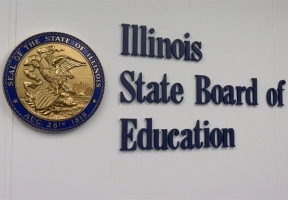
The Illinois Board of Higher Education (IBHE), in partnership with the Center for Economic Mobility at WestEd, released a comprehensive education and workforce analysis for the Quad Cities region, Thrive Quad Cities: An Education and Workforce Analysis Final Report. The Illinois General Assembly tasked IBHE to complete the study through Public Act 102-0017 and provided the funding to carry out the study. The report outlines critical challenges, opportunities and actionable recommendations that will inform a regional plan to support the implementation of the state’s higher education strategic plan, A Thriving Illinois, to align education pathways with workforce needs in the region. Notable findings include:
• Workforce Gaps: There are shortages in high-demand sectors, including manufacturing, healthcare, information technology and transportation.
• Equity Challenges: There are disparities in educational attainment and workforce participation across gender, race and ethnicity.
• Collaboration Opportunities: There is a pressing need for regional collaboration to break down silos between K–12 education, post-secondary institutions and industry leaders.
Stakeholders and partners in the region – including elected officials, higher education institutions, K-12, workforce development, community-based organizations and employers – played a pivotal role in informing the analysis. Moving forward, these organizations are eager to collaborate with the Quad Cities Chamber to better meet the needs of the region. To fill the gaps in the workforce needed in high-demand sectors and the currently available post-secondary offerings, the report outlines recommendations including:
• Improve the accessibility and affordability of local postsecondary programming in high-demand occupation training programs;
• Examine ways to remove barriers for teachers to become dual credit or ELL certified; and
• Increase meaningful connections among employers and education partners.








